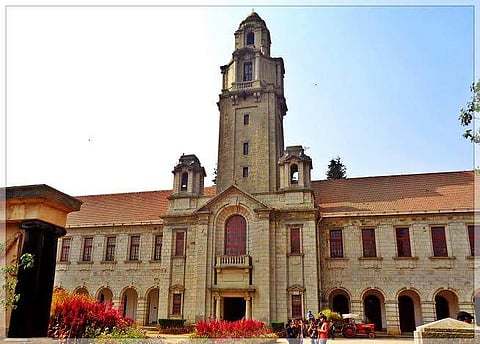

With a large number of people commuting by train, it becomes essential to ensure safety of the rail tracks and civil structures by using innovative technology and research instead of manual inspections which might lead to a lot of faults. To this end, L2M Rail, an IISc Bangalore-incubated start-up and the Society for Innovation and Development have signed an MoU with the Kerala Rail. This MoU aims at enhancing rail safety in vulnerable terrain using innovative technology developed by L2MRail.
The MoUs were signed by the MD of Kerala Rail V Ajith Kumar and IISc Registrar Capt Sudhir Warrier, in the presence of Govindan Rangrajan, Director, IISc and B Gurumoorthy, Chief Executive of SID.
What is that unique technology to check the condition of rails? Founded in 2016 by Prof SK Sinha and GS Rao and a small group of scientists, Lab to Market Innovations (L2M Rail) boast of being leaders in the field of Fiber Bragg Grating (FBG) sensing technology. This technology will help in developing a Structural Health Monitoring System (SHMS) which will monitor civil engineering structures in the railway lines or tracks. Therefore, the start-up team uses FBG-sensor technology to ensure the stability and integrity of structures even in vulnerable areas. The Kerala Rail Development Corporation aims to ensure the safety of trains on this 530 km covered by Silverline project, a double-track stretch between Thiruvananthapuram and Kasargod.
Sreenivasa Rao Ganapa, Co-founder, L2M Rail and an ex-IRSSE officer, said, "There is a gap between the critical need for rail safety, and the lack of systems that constantly monitor both trains and railway structures in real-time. Ensuring rail safety in settlement prone locations, flood-prone areas, earth slip locations, weak soil and heavy rainfall areas and so on, necessitates a shift from conventional manual inspection. Constant, technology-driven monitoring of both running trains and rail structures offers the ideal solution." He also added, "Structural defects are generally identified only when an accident occurs, and preventative identification of weak links could have helped avoid mass casualties, like the recent Mexico metro rail structure collapse."
